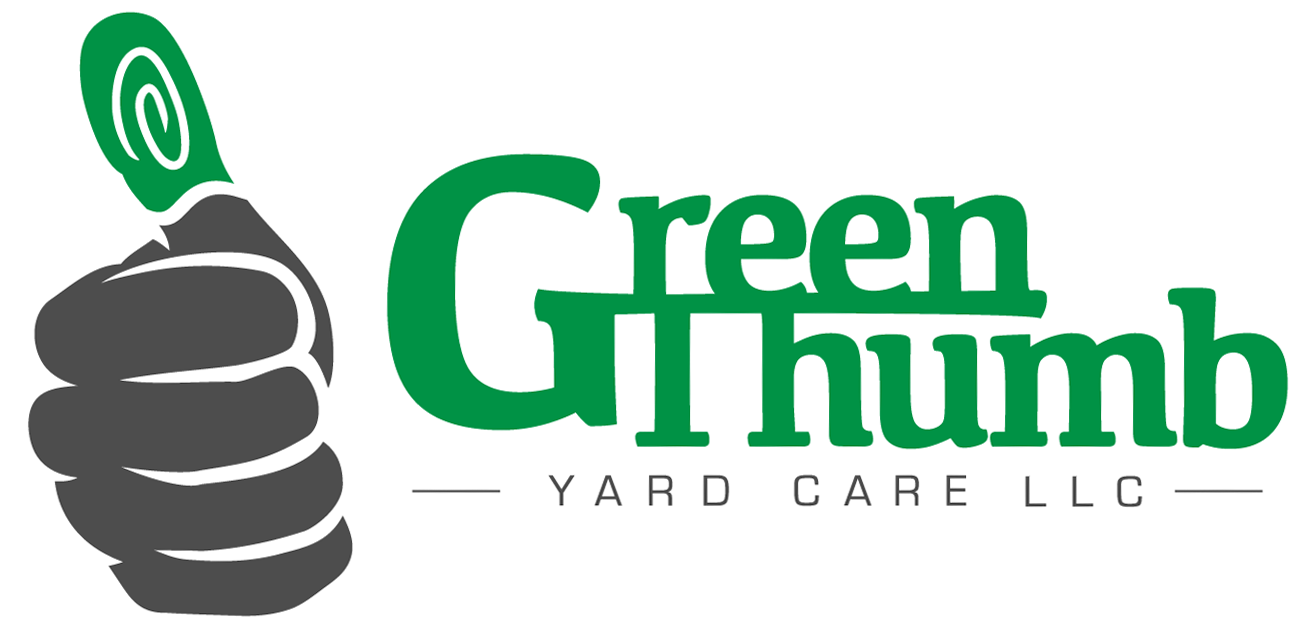Should I collect my leaves this Fall?
In 2019, multiple customers had concerns about our leaf removal service.
“Is it good to collect my leaves? Is it bad? Am I hurting the environment? Will this affect my aeration and overseeding? Are leaves good for my lawn? Can I leave leaves in the flower beds?” And the list goes on.
Let us answer these questions with knowledge from the field and the text books.
Unfortunately, like most topics, our opinion will not be black and white. So let’s approach the topic objectively. Should you remove your fallen leaves? Or, should you leave them? …Or, is there a better alternative?
Removing your leaves
Generally speaking, you should remove your leaves. Maybe not all of them, but most of them. This is what we recommend for our customers.
Why?
There are several reasons. Some of them will apply to everyone. Some reasons are dependent on other lawn maintenance services that have been completed that year.
First, let’s cover what reasons apply to everyone. No matter who or where you are, grass needs light and air to grow. When there is dense leaf cover on the ground, no light or fresh air makes its way to the lawn below. The problem gets even worse if we have heavy rain or snow. Leaves start to compact and further smother the lawn underneath. By now, you can see how leaving all of your leaves for mother nature may not be the best idea for your lawn.
Suppose you have other services as a part of your holistic lawn care plan. Let’s say you have aeration and overseeding services and lawn treatments.
Light, air, and water are crucial for young grass seedlings to grow after aeration and overseeding. Leaving leaves on the lawn is completely counterproductive to any fall aeration and overseeding service.
What about the lawn treatments? Fertilizer is only effective when it reaches the soil. When there is a dense cover of leaves, fertilizer usually rests on top of the leaves. There, it won’t serve any benefit to the lawn. Even worse, it can be blown off target by the wind, landing in water sources and other harmful zones.
Pests are the last thought to consider. An insulated pile of leaves makes a perfect home for pests. Not just rabbits and chipmunks, but other pests like insects will overwinter in the fallen leaves. Sometimes this won’t be a problem, but if the conditions are right, their population can break the threshold and become an issue.
There are a few points to consider before you make your decision to leave your leaves for mother nature. Is your lawn important to you and will it suffer? Do you pay for other services that will be impacted by the leaf cover? Have you had pest infestations in the past that could be exacerbated?
Leaving your leaves
There has been a recent push for residents to leave their leaves on their lawn. Here are the main reasons why:
- Increase wildlife habitat
- Increase beneficial insects
- Improve soil health
- Decrease pollution
- Reduce waste
Some of these we really agree with and others seem far fetched. Let’s address each argument in order.
At Green Thumb we are all about living in harmony with nature. However, let’s be realistic. Your lawn is not an area that should be teeming with wildlife. Yes, it is nice to create a habitat for critters, but what is going to happen to all of those animals when you go to mow the lawn? If you want to help wildlife, decrease the amount of lawn in your yard and increase flowerbeds and naturalized areas.
While the leaves may create a great habitat for beneficial insects, remember that there are also harmful insects. Unfortunately, you cannot pick and choose which insects move into the leaf litter. So consider this, you may invite beneficial insects into your yard, but you may also invite pests, too.
Improve soil health. We can’t disagree with this, it is just true. But simply leaving leaves on the surface of the lawn will not help your soil. We will revisit this idea in the next section.
Decreasing pollution is important. Running leaf blowers all day just isn’t good for the environment. However, allowing leaves to kill the lawn, then having to use more equipment and resources to fix the problem doesn’t fight pollution either. This is a tough one to choose a side. So you will need to decide what you want for your property. If you want a nice lawn, then collect the leaves! It will be less pollution in the long run.
Reduce waste. We cannot speak for every landscape contractor or trash collectors. However, we can confirm that we recycle our leaves. We dump our leaves at a mulching facility and an organic farm where they are turned into mulch, compost, and soil amendments.
Another option
This is where we truly stand on the matter. Like we said earlier, not everything is black and white…you do have alternatives.
Mulching your leaves and THEN leaving them on the lawn is a great alternative. Use a mower without a bagger to chop up your leaves and deposit them onto the lawn. These fine clippings will decompose quicker than whole leaves. They also fall down into the grass where they are less noticeable and more beneficial for the soil.
You can also compost your leaves. Composting leaves and spreading a thin layer of compost in the spring provides free nutrients for your garden.
After the large leaf drop, it is almost always necessary to remove a portion of the leaves. But, this way you can get the best of both worlds. Reduce the amount of leaves you remove, but remove enough leaves to still have a satisfactory lawn.
